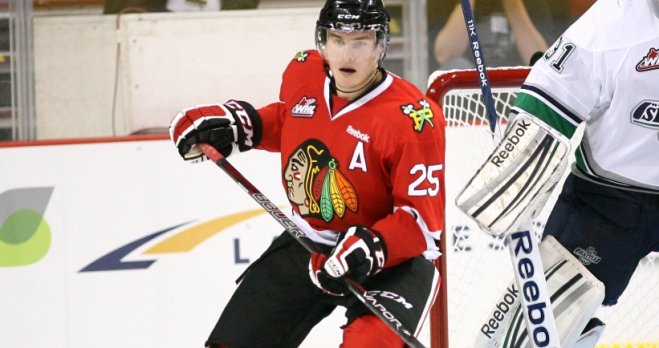In 2011, Columbia Pictures released ‘Moneyball’.
The movie, starring Brad Pitt, was based on Michael Lewis’ 2003 book, which was based on the Oakland A’s 2002 season. It has grossed over 110 million dollars and was nominated for 6 Oscars (Best Actor, Best Picture).
People, I promise you there was a time when making a Hollywood blockbuster about sabermetrics sounded ridiculous.
Anyway, during the Cardinals telecast on Tuesday night, Rick Horton had an interesting non-sequitur.
He was talking about something (male selfies, I believe) when the conversation switched over to the Cardinals hitting coach John Mabry. Horton mentioned that Mabry turned down a role in Moneyball. And went right into an antidote about Mark Ellis accepting his platoon role with the Cardinals.
I was at the gym. So wait, what?
John Mabry turned down a role in Moneyball? The aforementioned Academy Award nominated film? And we’re just going to let that hang?
Mabry was on the 2002 Athletics team. In fact, he was the guy that got traded for by Billy Beane in a fit of rage against Jeremy Giambi for not taking a loss hard. See, you remember that scene, don’t you?
Some credit Mabry coming to the A’s as the spark that led to a 20 game winning streak and an improbable playoff berth. Father Gabe Costa of CBS NY even went so far to do a statistical analysis of Giambi vs Mabry:
“The final major trade that Beane made that season was the spur-of-the-moment trade of Jeremy Giambi for John Mabry of the Philadelphia Phillies. Beane was again heralded as a genius following this trade as, after May 22, the A’s held a record of 83-34, among the best in history over such a stretch. Was Mabry actually that big of a spark plug for the Oakland offense? When one compares runs created per at bat, it shows that in Giambi’s time with Oakland in 2002, he actually outperformed Mabry by 0.01 runs per at bat. While this is not a significant difference, at a minimum, the two players were comparable during their time in the Oakland lineup. Giambi also had a higher on base percentage, pacing .390 compared to Mabry’s .322. Statistically, Giambi was better than Mabry. Perhaps it was the change in attitude sparked by the trade that led to Oakland’s success down the stretch. With a winning percentage of over 70%, one thing was certain: during Mabry’s time on the team, the team certainly knew how to win.”
I couldn’t find anything that directly said that Mabry turned down a role in Moneyball or what the role that he might of turned down was.
But if any Cardinal broadcaster or reporter wants to get more details from Mabry and see how all this went down, we’d be happy to update this post with your findings.
Photo: Old And New Movie Club
Add The Sports Daily to your Google News Feed!
